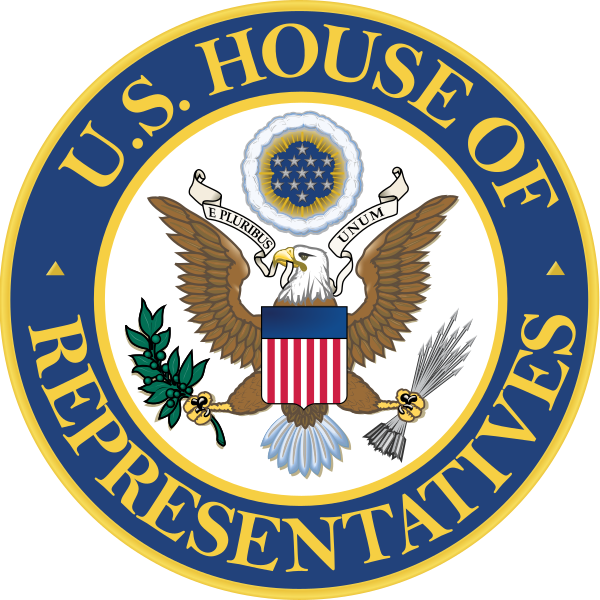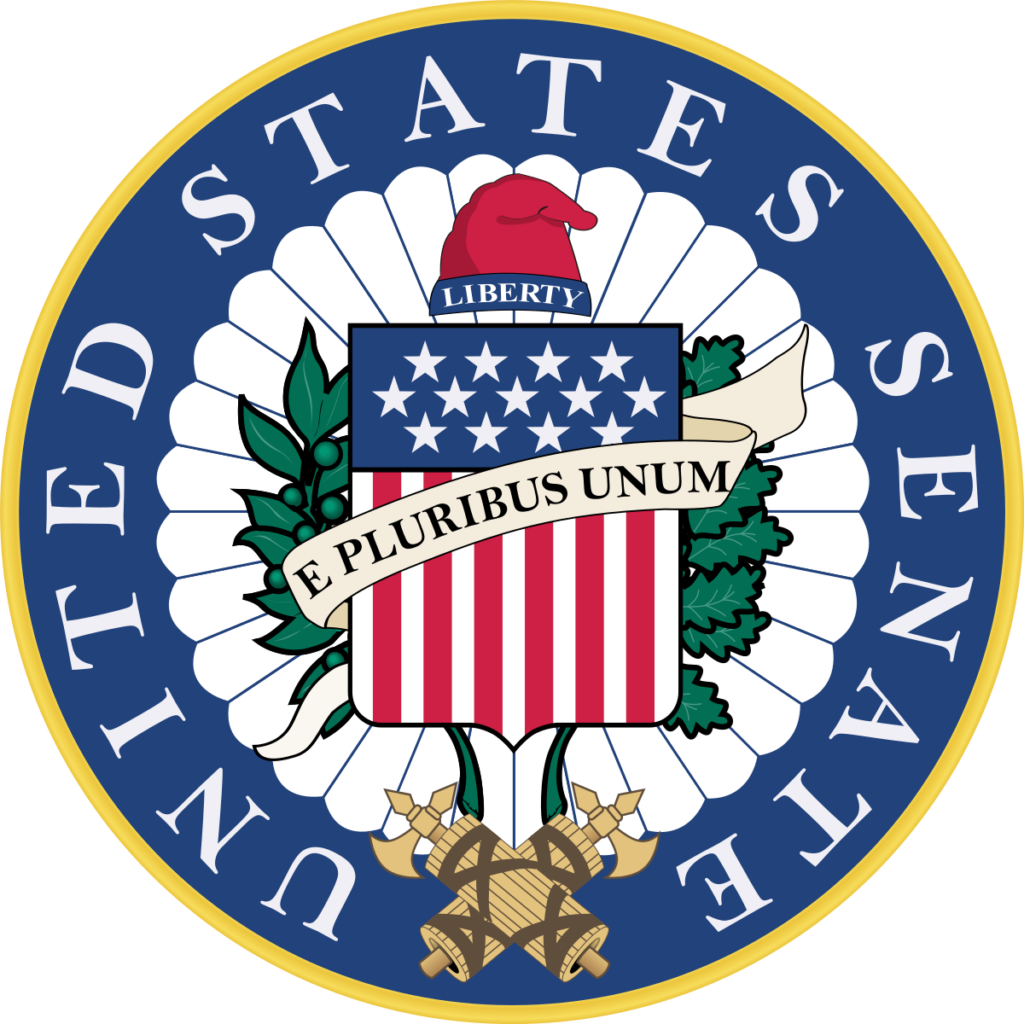Each party in Congress has several leaders to direct their colleagues’ activities. Party leaders play important roles that affect the success of the Members they seek to lead. Good leaders help Members accomplish their three main goals: getting reelected, enacting good policy, and gaining power within the Congress. Party leaders formulate national policies and then use their procedural authority to pass them. They go public with policy positions designed to influence elections and persuade independents to support their party. They help recruit candidates and raise money for vulnerable incumbents so they can keep their majority or reclaim it, if in the minority. Additionally, they serve as their colleagues’ link to the President, the press, the public, and their party’s volunteers and donors.
At the beginning of each two-year Congressional term, newly elected Members of the House of Representatives meet to organize and select their leaders. The Republicans call their internal House party organization the “Conference” while Democrats call their party organization the “Caucus.”
Both parties hold organizational meetings where their Members elect their own leadership, adopt internal rules for how their party will operate, and draft their version of the institutional rules for the House.
On the following pages is a listing and description of Congressional leadership offices for both the Republican Conference and the Democratic Caucus and the individuals chosen by their party to fill these leadership positions in the House and Senate of the U.S. Congress.
The current Congress, the 118th, convened on January 3, 2023.

